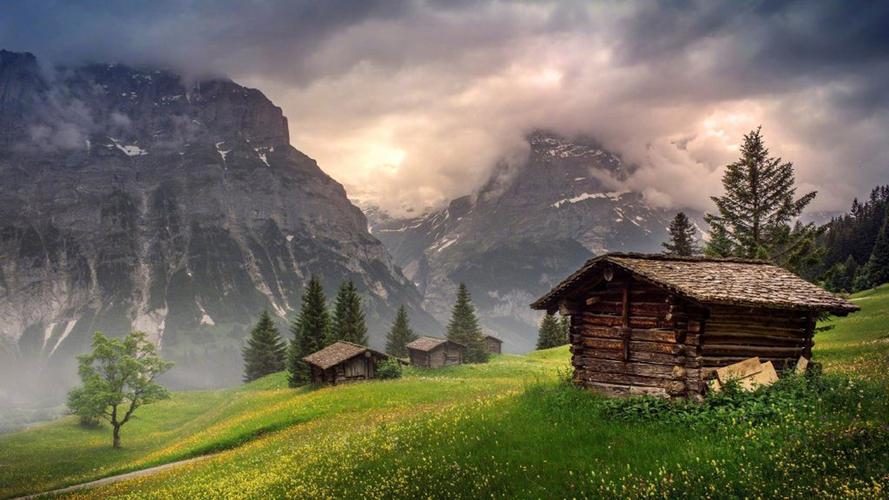The Connection Between Folk and Popular Culture in AP Human Geography
When you think about culture, you may automatically assume that folk and popular culture are two distinct entities. However, in AP Human Geography, the connection between the two is vital to understanding how culture evolves and impacts society. In this article, we will explore the relationship between folk and popular culture and how they shape our world.
Understanding Folk and Popular Culture
Folk culture is the culture of a particular group of people, typically geographically isolated from others. It includes their traditions, customs, and beliefs that are passed down from generation to generation. For example, the Amish community in Pennsylvania is a great illustration of how a group adheres to their traditional ways of living, virtually unaffected by popular culture.
On the other hand, popular culture is the culture that is embraced by a vast majority of people. It encompasses the global music, entertainment, and fashion industries that dominate modern society. Think of the impact that Hollywood movies or K-Pop music has on the younger generation worldwide.
The Connection Between Folk and Popular Culture
Folk and popular cultures are not mutually exclusive; in fact, they often interact and exchange ideas. Popular culture often incorporates elements of folk culture, which leads to the emergence of new trends and styles. For example, the fashion industry has long been influenced by traditional dress forms of various cultures worldwide, leading to the creation of new styles and designs.
Likewise, popular culture can also influence folk culture, leading to a mix of the old and the new. For instance, many societies have started incorporating popular music into their traditional rituals and festivals, creating a unique fusion of the two.
How Folk and Popular Culture Impact Society
The connection between folk and popular culture can have significant the social and economic impacts on society. The dominance of popular culture can lead to the erosion of traditional practices and values, thereby threatening the survival of unique cultural identities. This has given rise to concerns about cultural homogenization and the need to preserve the world’s diverse cultures.
At the same time, the popularity of folk culture in the mainstream can have positive effects on society. Culturally significant festivals such as Day of the Dead in Mexico, now celebrated worldwide, are having significant economic benefits for those involved in its production and promotion.
Conclusion
In conclusion, the relationship between folk and popular culture is complex and ever-evolving. While the two may seem like opposing forces, they often inform one another, leading to the emergence of new and exciting trends. The interplay between the two also has significant social and economic implications that require careful consideration. As we move forward, it is essential to appreciate the value of both folk and popular culture, recognizing their contributions to the richness and diversity of our world.
(Note: Do you have knowledge or insights to share? Unlock new opportunities and expand your reach by joining our authors team. Click Registration to join us and share your expertise with our readers.)
Speech tips:
Please note that any statements involving politics will not be approved.
